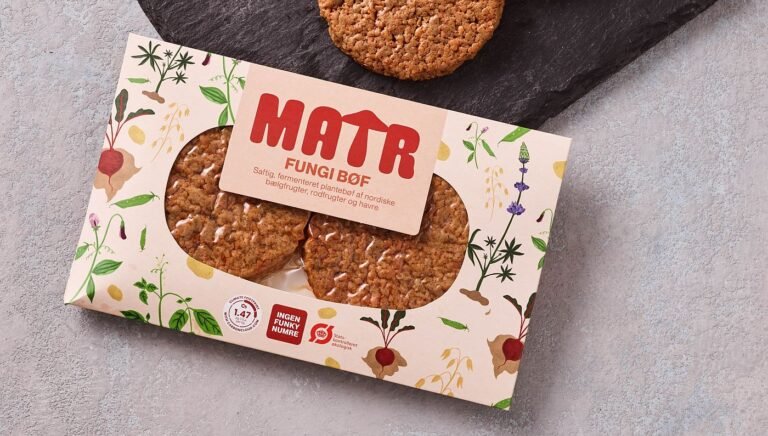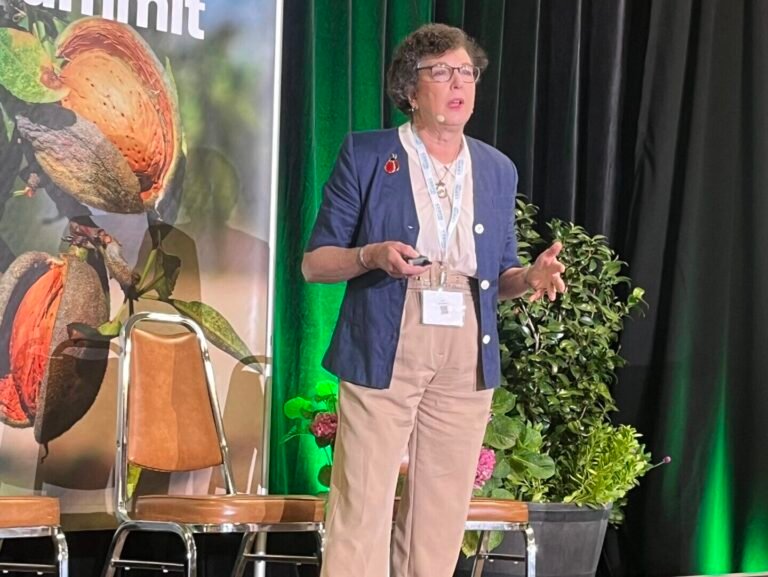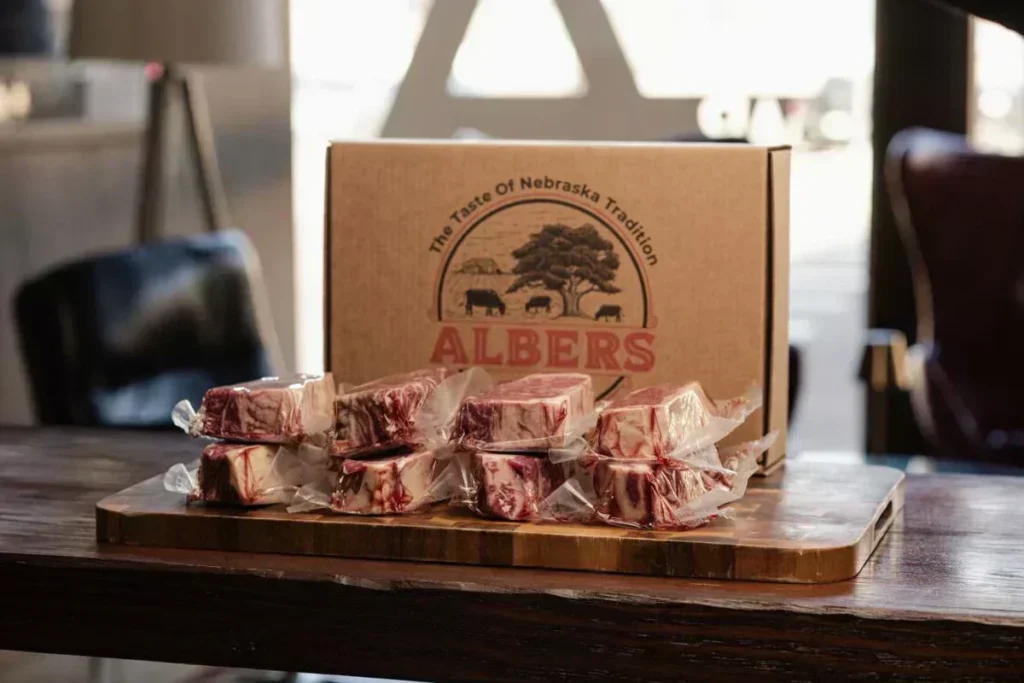
The Herb Albers Feedlot in Nebraska has been in business since the early twentieth century and is still a family-centric operation involving most members of the clan.
Looking for a way to diversify and add additional value to his family’s operation, Blake Albers, part of the fifth generation, started an export business in 2017. While that was a short-lived venture, it led him to open a meat processing facility and distribution center that prioritizes traceability and accountability in meat production.
Albers Craft Meats, his side of the business, processes (e.g., smoking, adding flavor, marinating, tenderizing) and markets beef for his family’s brand as well as a few other family farms.
For Albers, being able to show exactly where a product comes from is as important as any sustainability certification.
“With a lot of brands, on the face, it looks like you’re getting something that you may not actually be getting, or it looks like you’re going directly to somebody who’s got their hands on the product when they don’t,” he explains.
“In my view, the control over the process works way more than any USDA-approved label claim.”
At the same time, Albers acknowledges how challenging this is to do in a world dominated by trends, marketing gimmicks, and corporate greenwashing.
In a recent conversation with AgFunderNews, he discussed how Albers Craft Meats deals with this and, most important, how to communicate that to consumers.
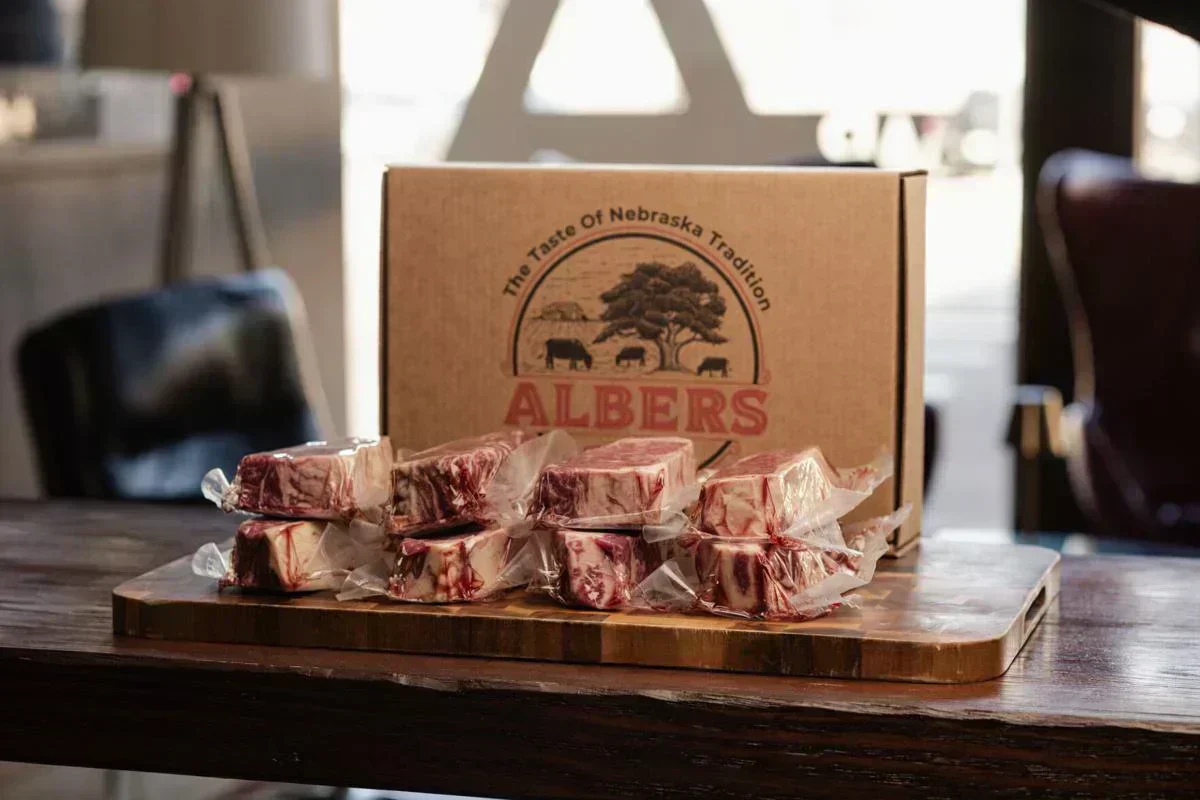
AFN: What made the business branch out into meat processing?
Blake Albers (BA): Ultimately, [starting a processing business] was a way to diversify our family operation, add some jobs.
The family side of [the business] is about 100 years old. Great, great grandpa started row crop farming, started the feedlot that we still run today. We feed cattle and farm in what I would call a more balanced, land-to-cattle ratio, so we have a good outlet for manure, and corn comes right back onto the feed yard.
In 2017, we tried exporting, sending beef to a third-party, USDA-inspected portion cutting facility. I started selling beef domestically and working on a branded beef program. We got deeper and deeper into it, until the meat business became more than a side project, and that’s when we decided to build this processing facility.
What we focus on here are value-added items and value-added producers. I would define a “value-added item” as something like an all-beef snack stick or our Prepped Protein line where we do pre-prep packages of beef, pork and chicken.
With value-add producers, what we’re trying to do is add another layer of business up the value chain from a family farm. We work with families trying to get past handling just a few heads a month in a locker, so we do larger productions. Right now we work with five families that run their production through our facility.
AFN: Your marketing seems to prioritize traceability and quality more than any kind of sustainability. What is the rationale behind this?
BA: Our approach is [about products that are] good for the environment, good for the consumer, and good for the taste of the plate. It is a product that is of high-quality cattle, and it’s from an operation where the nutrients from the manure are going right back to the same grain that’s feeding the cattle.
I feel pretty strongly that we should sell it on the fact that [the meat has] a story about exactly where it’s coming from, it’s traceable, etc.
Where I get a little miffed and a little upset is when you see people that will steal that story and not have the background. Or you’ll see something that [says it is] grass fed regeneratively, but it’s really product they brought in from Uruguay and repacked in a facility like mine.
With a lot of these brands on the face, you look like you’re getting something that you may not actually be getting, or it looks like you’re going directly to somebody who’s got their hands on the product when they don’t.
Because of those things, we haven’t tried to brainwash our advertising or only show the pasture portion of the pasture-to-plate [process]. We take video shots of the feed yard, we talk about how that works. We work with some great ranches and some really great family operations.
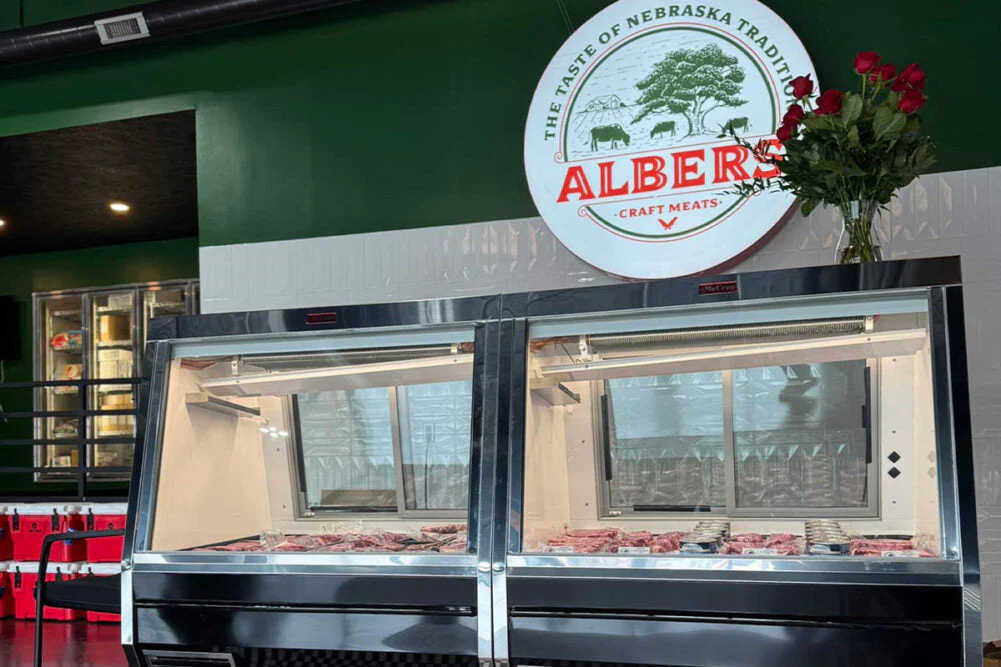
AFN: So how important are labels like “regenerative” or “organic” or “grass fed” for you all?
BA: True grass-fed [cows] are when you never touch those animals or protect them from any disease, and just let it happen. Then you’re talking about way higher prices, way less product availability.
In my view, the control over the process and being able to ask “What happened here?” works way more than any USDA-approved label claim.
What happened to these animals? We’re small enough that we know what group they came from, where they came from, where they were born. We have records on everything. Control of production is more important than like I said, just loosely based label claims.
But it’s a challenge. You have to communicate a lot through the package label, and if the consumer really wants to know [more], they’re going to have to do that secondary search. We’ve thought about doing a quick video or QR code, but probably the only effective way [to communicate] is to put all that on a label.
I can talk [about this topic] a lot when we’re shipping product directly to our consumers. As you go up to the next level, to distributors, you have to communicate a lot through the label.
AFN: What do you see around consumer preferences for beef these days?
BA: I end up talking to 15 to 20 customers a day. Three years ago we started to see people pulling processed foods out [of their diets] and not being so worried about fat from red meat.
I always tell consumers, we’ll produce it however you want, but we think we know what at a given price point consumers are actually willing to pay for versus what they think they’re willing to pay. [What they’ll pay for] is a really delicious product where they can sit around the table and say, “I actually know where this came from and I know they do a good job and this isn’t just a massive, faceless corporation.”
AFN: What is most challenging about managing consumer expectations right now?
BA: The industry has over the long term hurt the consumer is by making them hyper price aware. So it is more difficult and it is more price driven to do some of these things than it would be if there were just a branded [beef] product.
If you had asked somebody how much a bag of Lays or Oreos costs, nobody has a set price in their mind. If you ask somebody what a hamburger should cost, they know what they paid three years ago and what they think it should be.
Classing [beef] as more of a commodity has hurt consumer choice a little bit. Even though it may feel like there’s a lot of choice, I think you’d have a lot more operations like us if you hadn’t “chickenified” the pricing system. Cattle are not chicken, they can’t be produced at the same rate. They can’t be produced at the price point. And frankly, there is more genetic variance and feeding program variance than you’ll ever have in the chicken industry.
The post ‘Control of production is more important than loosely based label claims,’ says Nebraska beef producer appeared first on AgFunderNews.
